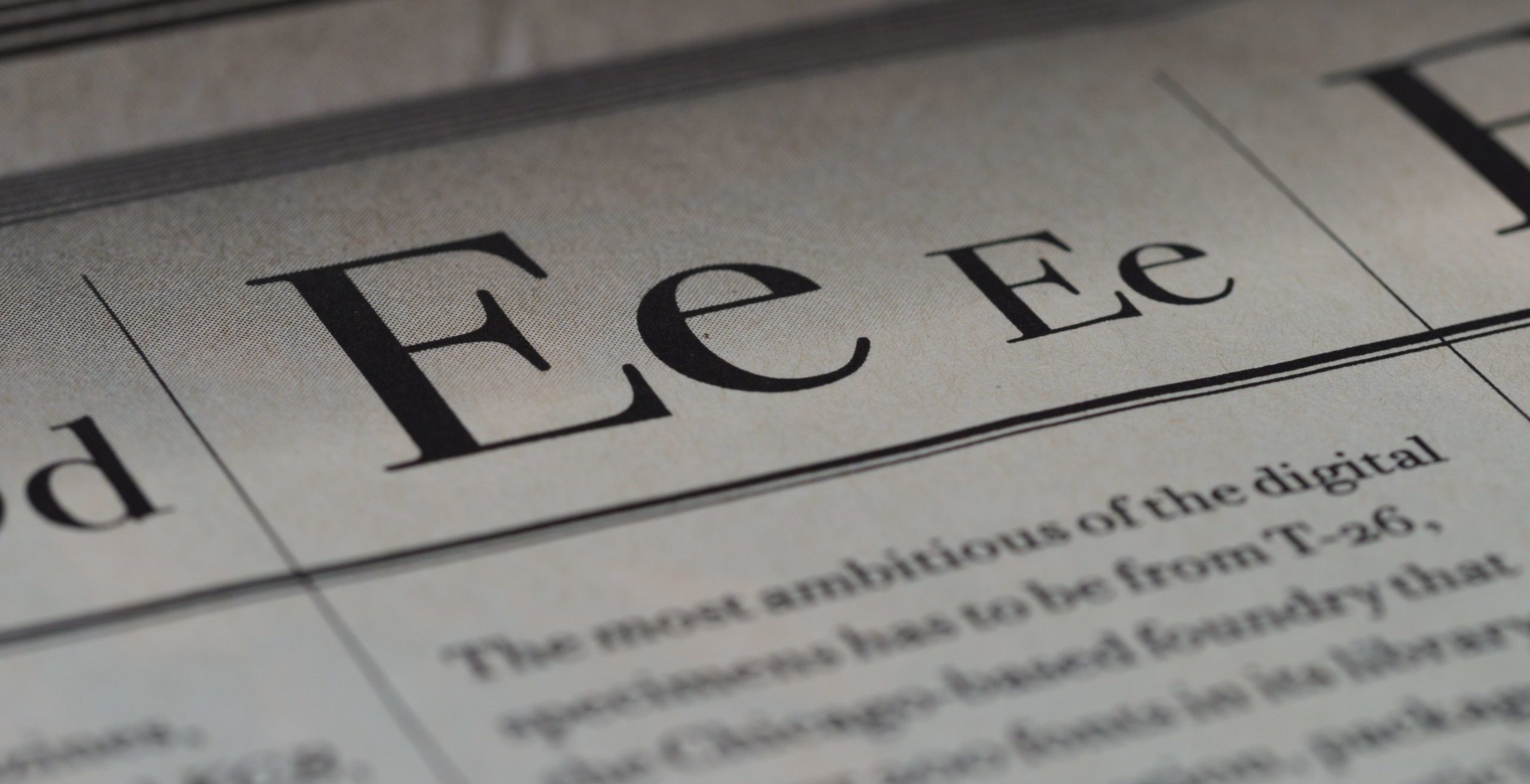
The first thing your customers or clients will see on your website is your logo, and when it comes to creating it, every decision you make counts. After all, this is the face of your brand and it needs to represent your company’s services, style, and core values. How can a simple concept do all that? It all starts with choosing the right colors.
Establish Your Brand Identity
Understanding your brand’s personality, goals, and target audience is the first step to choosing your colors. Are you a fun-loving teen-focused company, or catering to a more serious crowd of CEOs? What’s the nature of your product and service? What are a few upfront things you want customers to understand about your business?
Color Science is a Real Thing
Certain colors bring certain companies to mind. Why is that? Creative design and careful color selection make these logos and brands memorable. There’s nothing accidental about color choices.
Color science, or chromatics, is the study of the psychological effects colors have on viewers. It’s accepted that green, for instance, indicates healing and nature and reds invoke more passionate feelings such as love or anger. Blue triggers feelings of calmness and loyalty, while yellow feels happy and cheerful.
Think of some of your favorite logos; what’s the color science telling you about the brands?
Use the Color Wheel to Find Pleasing Combinations
If you’ve ever cringed at colors that clash, you already subconsciously understand the color wheel. There are several ways to use different colors for contrast and harmony, and ways to use variations of the same color palette to keep your logo simple and clean.
Simplicity is Usually Better
Try to stick with a few key color concepts. Remember, your brand colors will be seen across all platforms, from web pages to social media and print. Will your choices look as good in a large-scale application, like a t-shirt or billboard, as they do on your business cards? WIll the logo lose effectiveness if it’s printed in black and white?
Black and White for Elegance and Simplicity
In a world full of splashy colors competing for center stage, maybe black and white is the answer for you. This minimalistic combination can mean many things to your customers, including authority, practicality, and sophistication. Where colors require specific settings to maintain consistency, choosing black and white for logos and brand colors make them easy to replicate for any platform.
Research the Competition
The intent behind choosing colors for your brands and logos is to stand out from the competition. You may find that many environmentally-conscious companies choose greens, for instance. You can opt for a different color direction, like a palette of blues, to stand out from the crowd in your industry.
Got questions? Let’s connect and talk about it!

